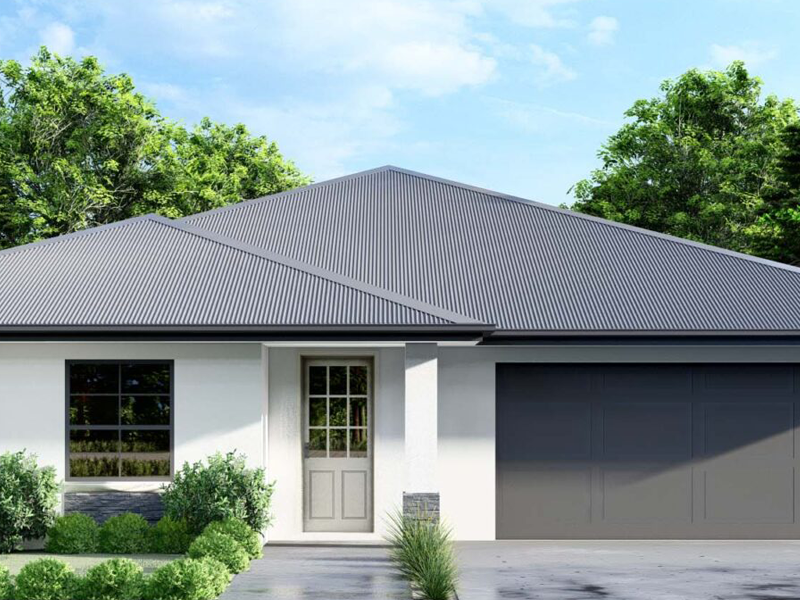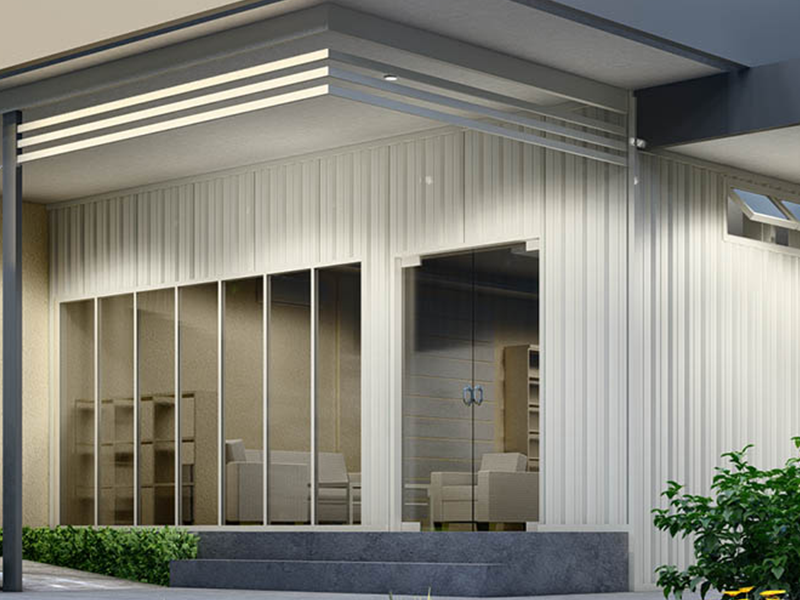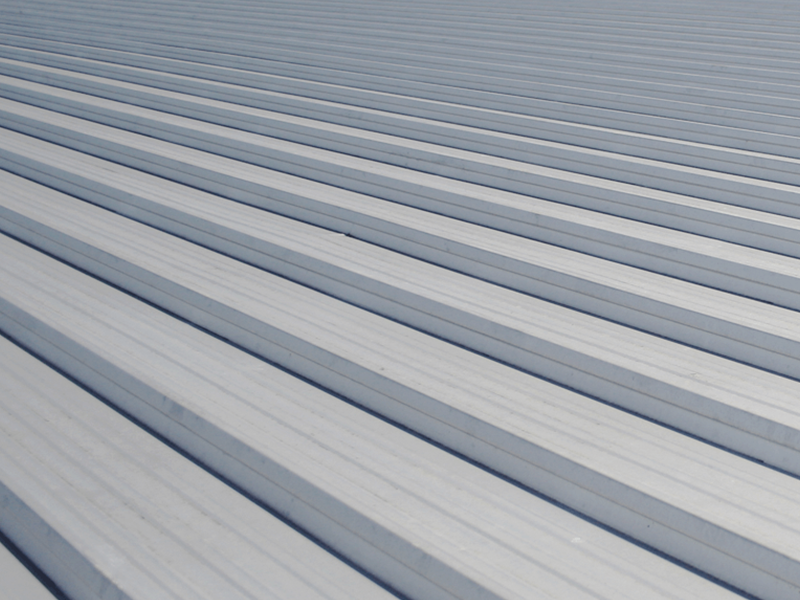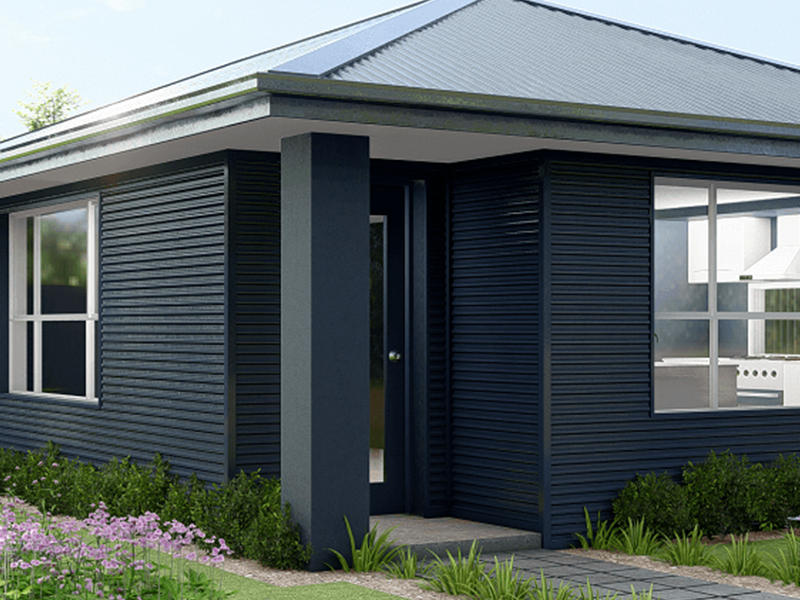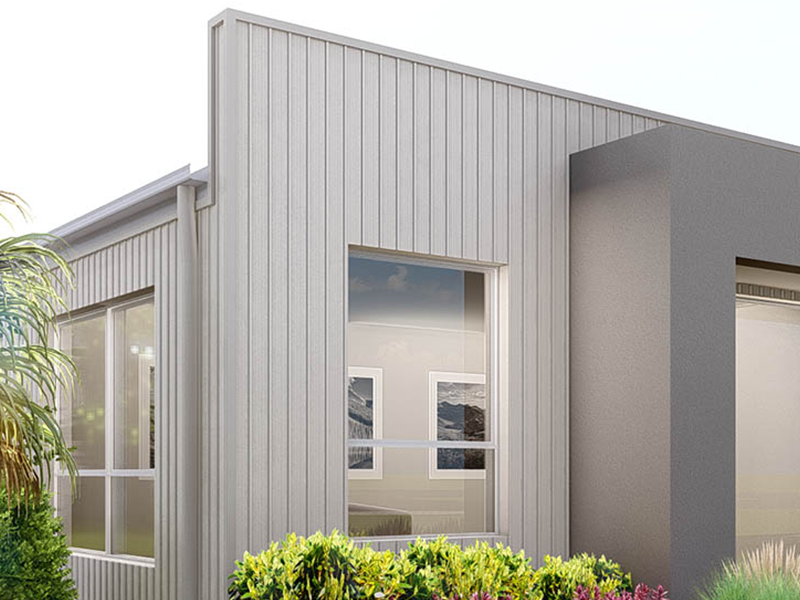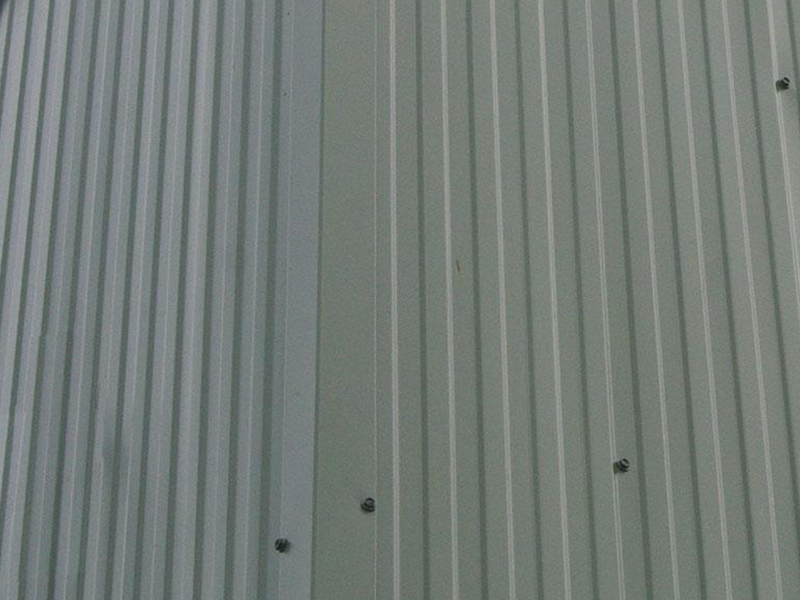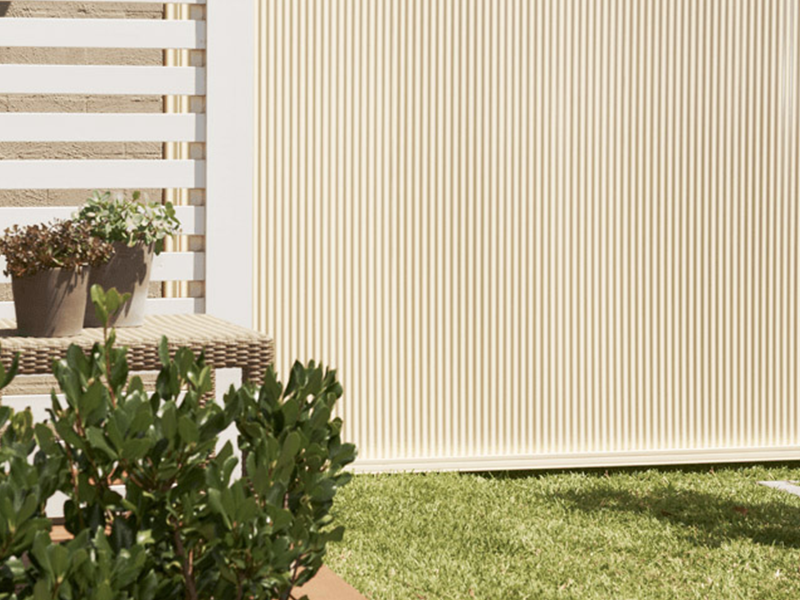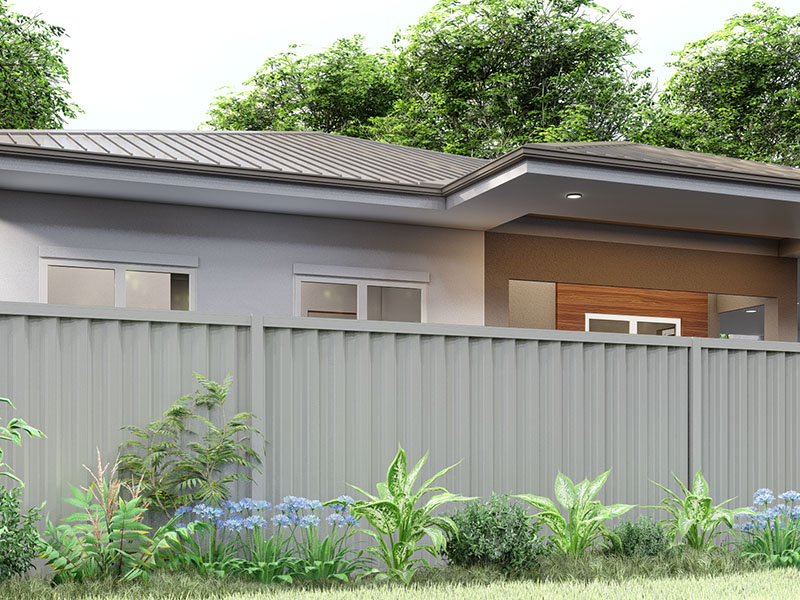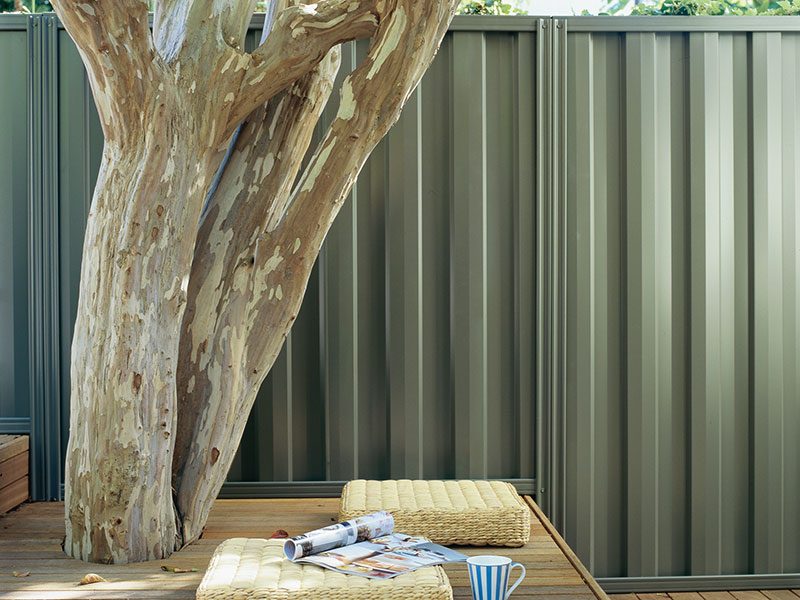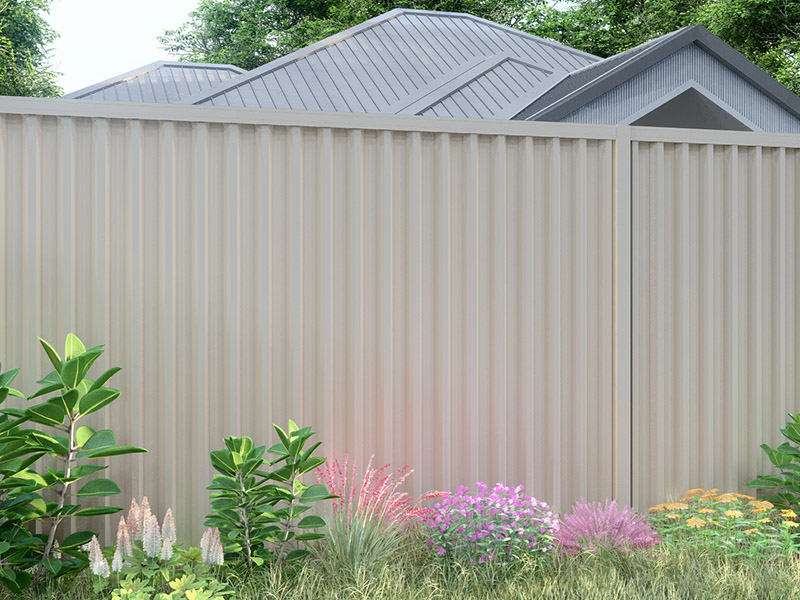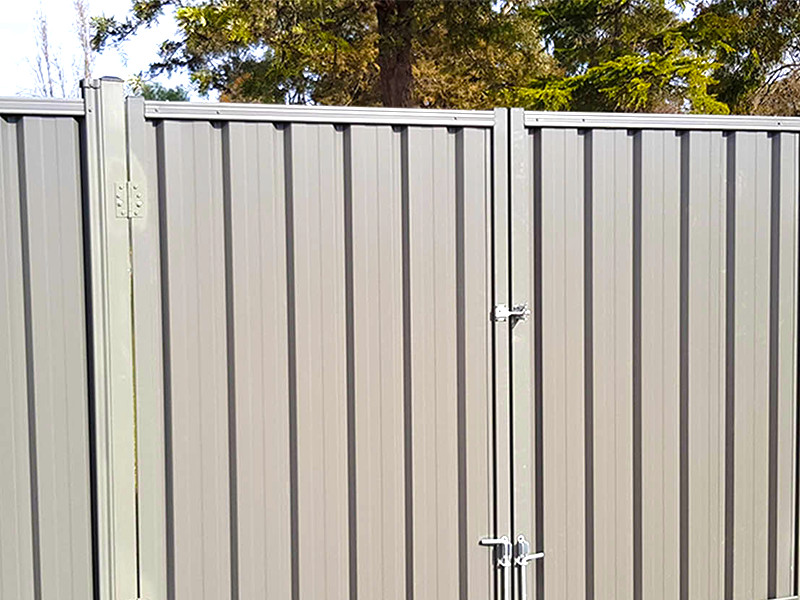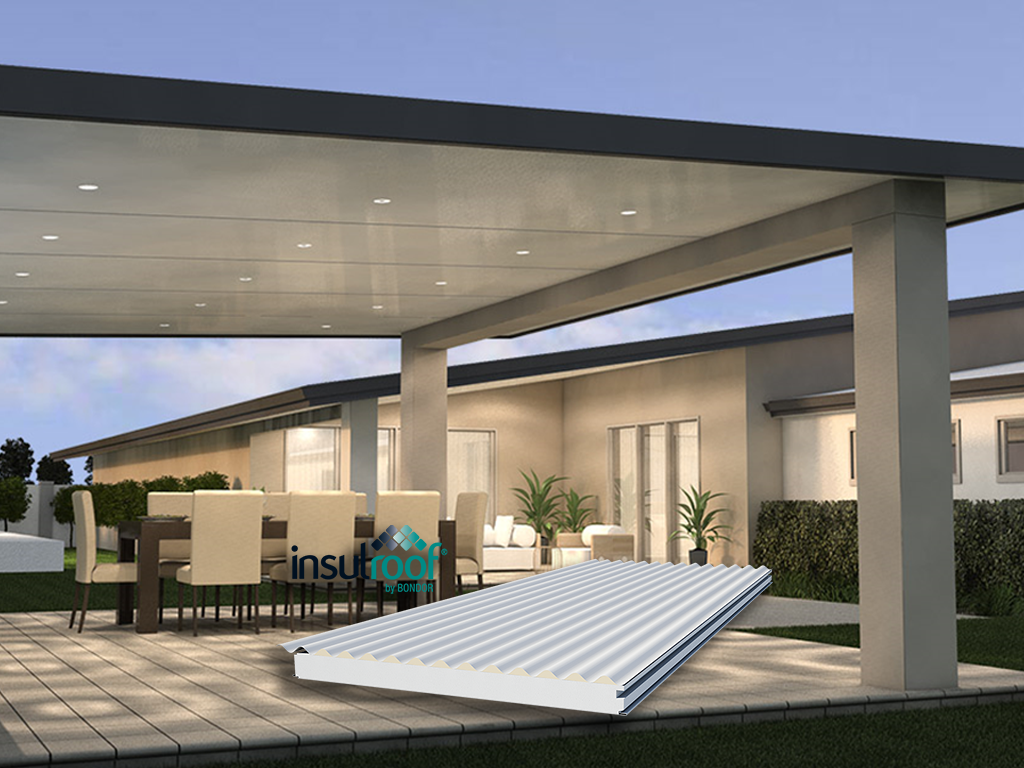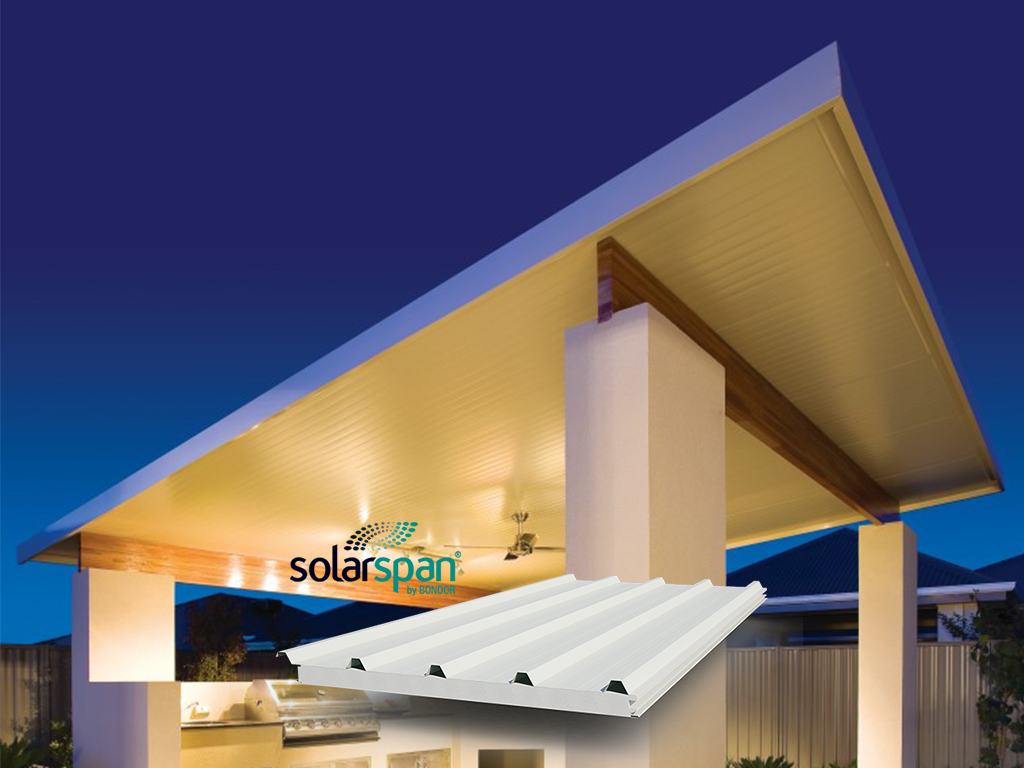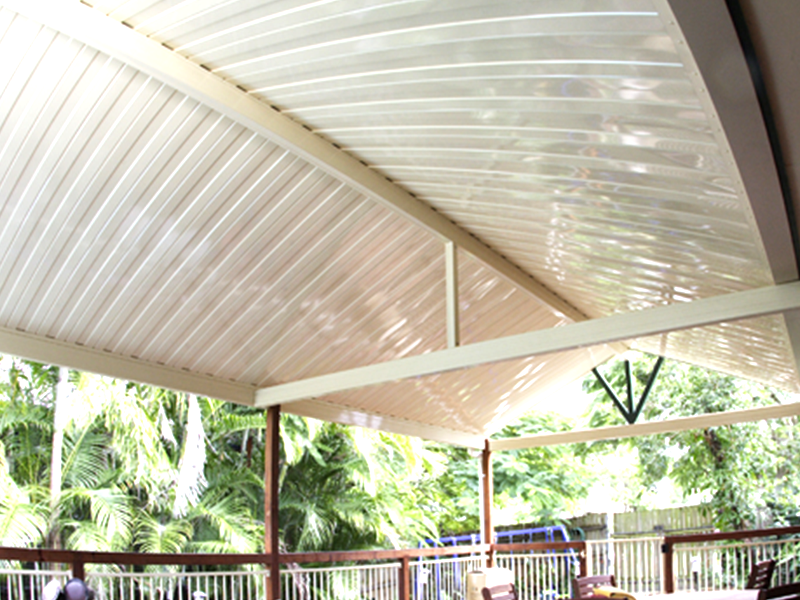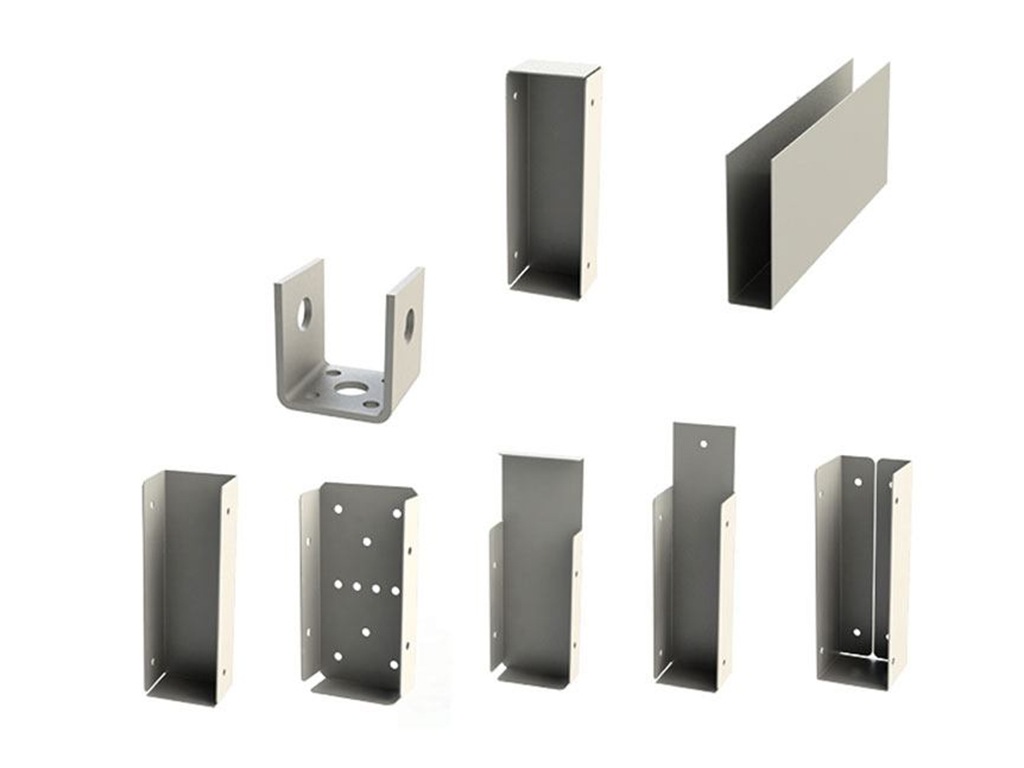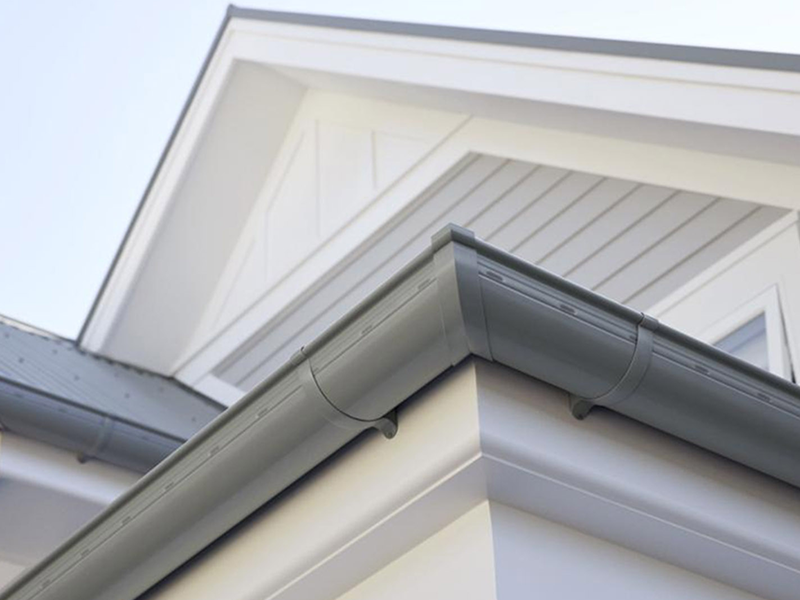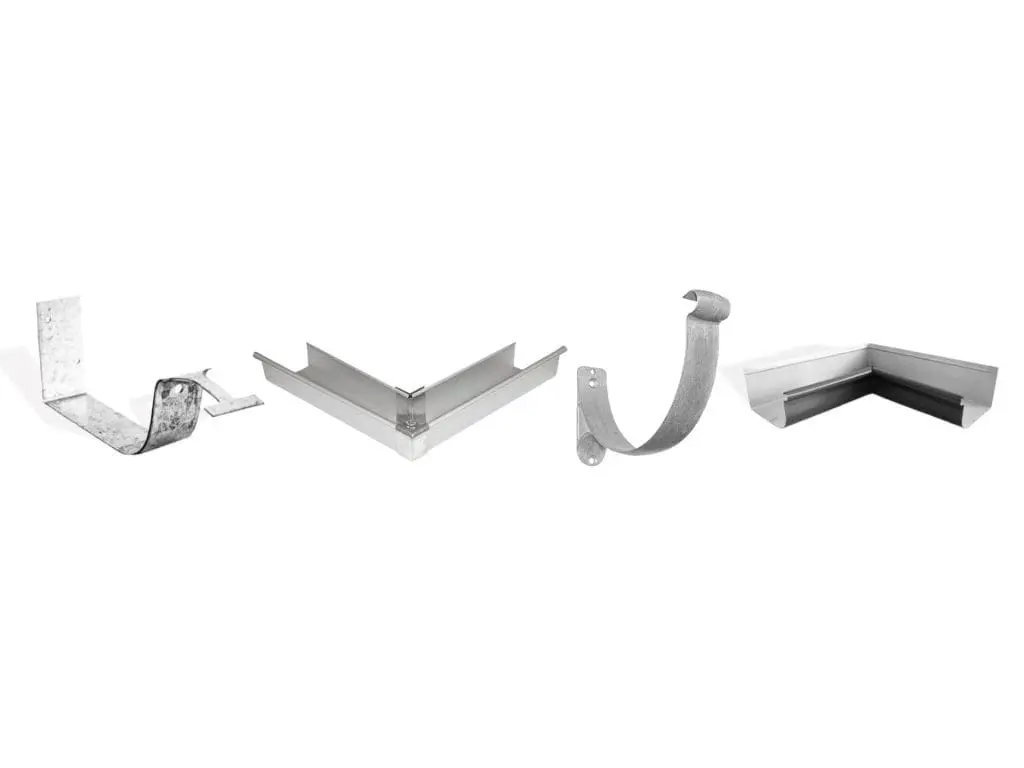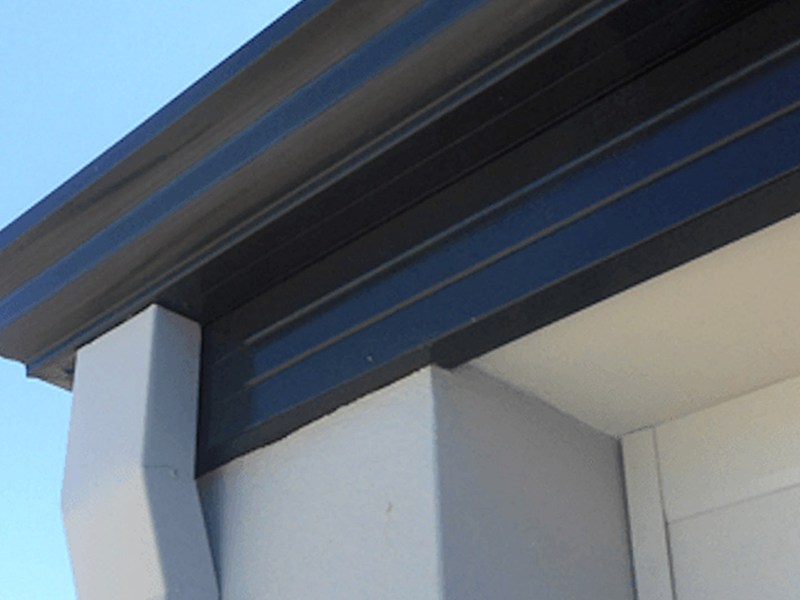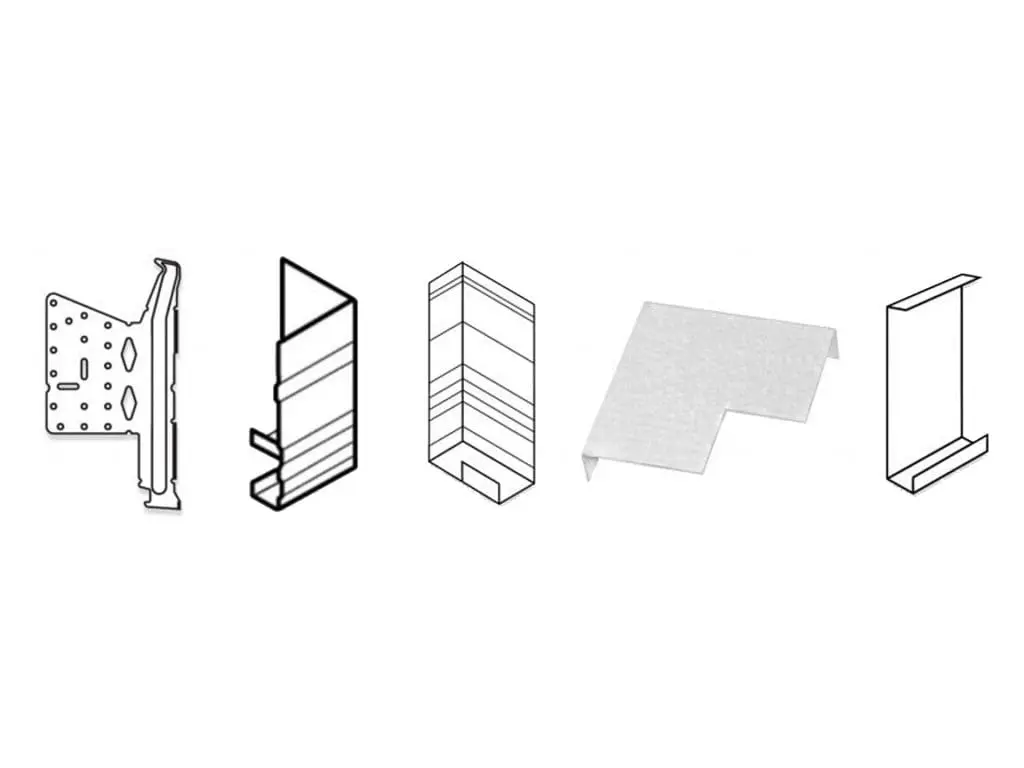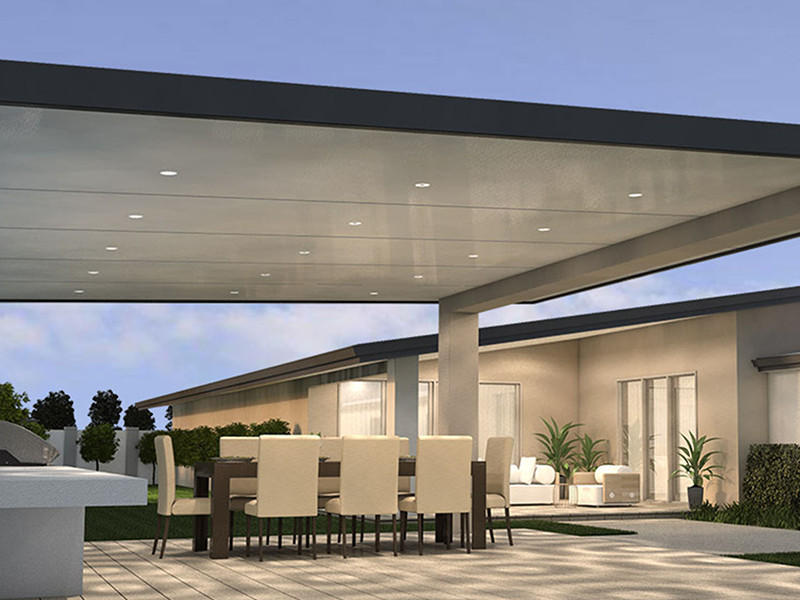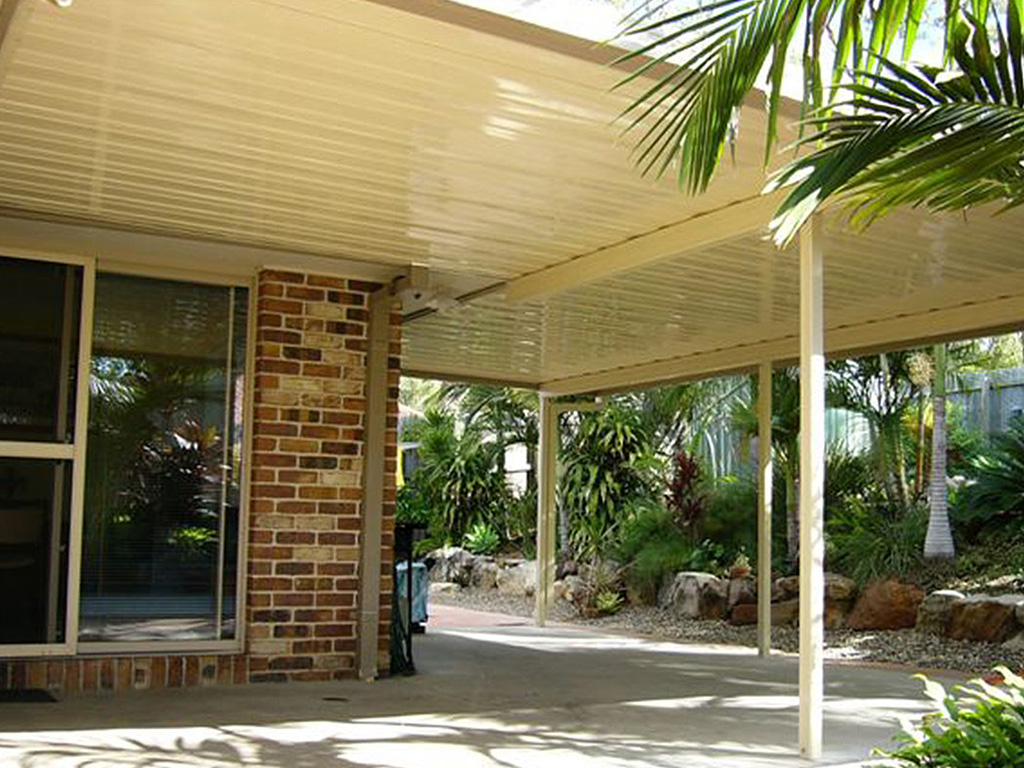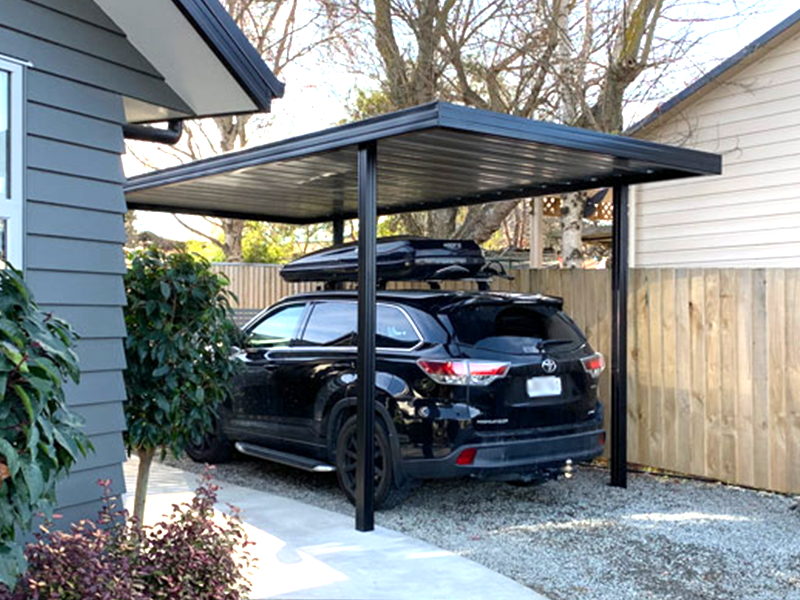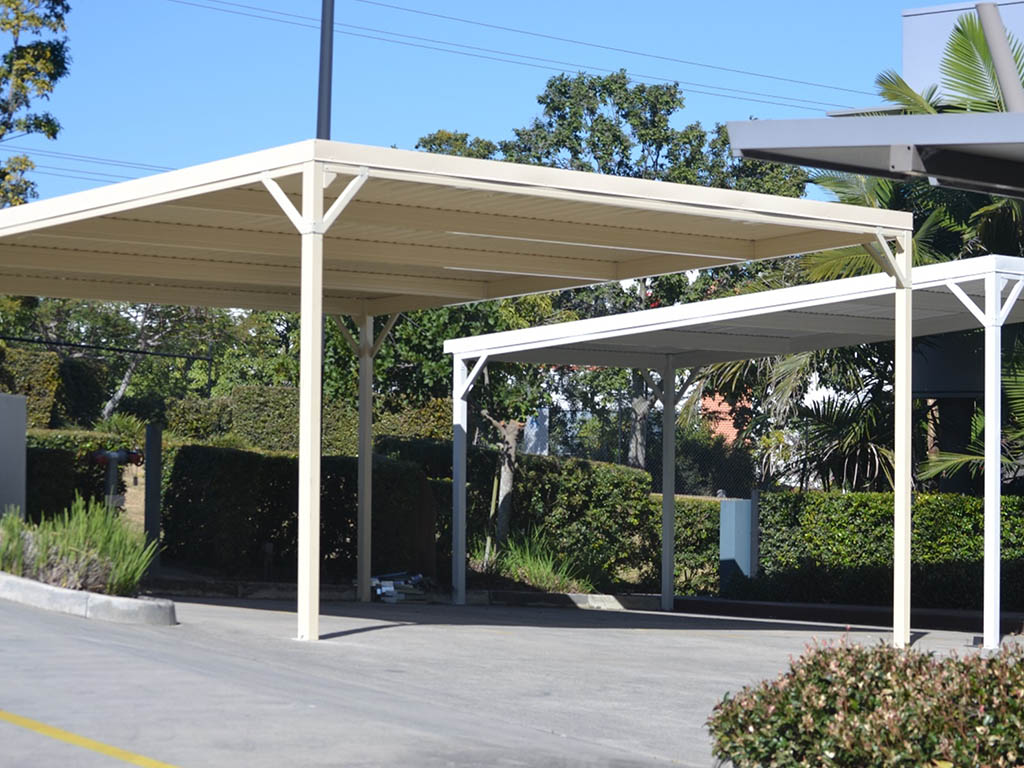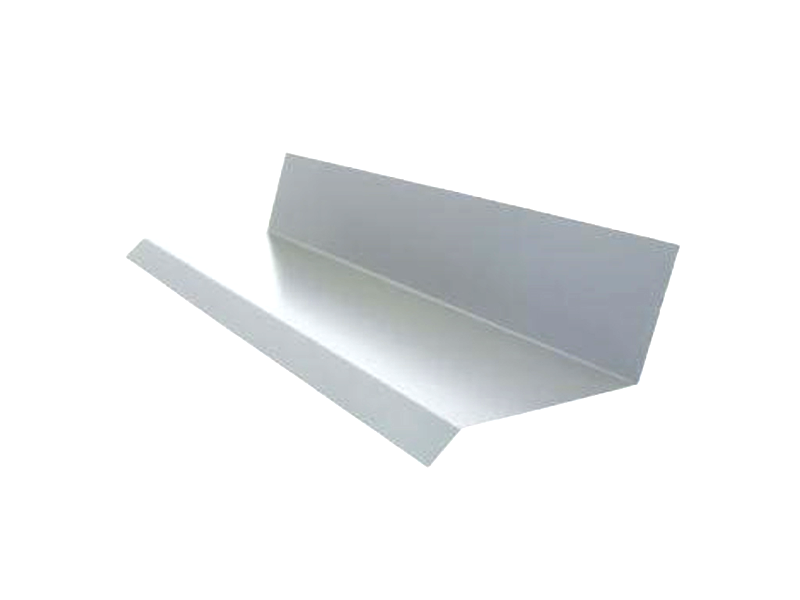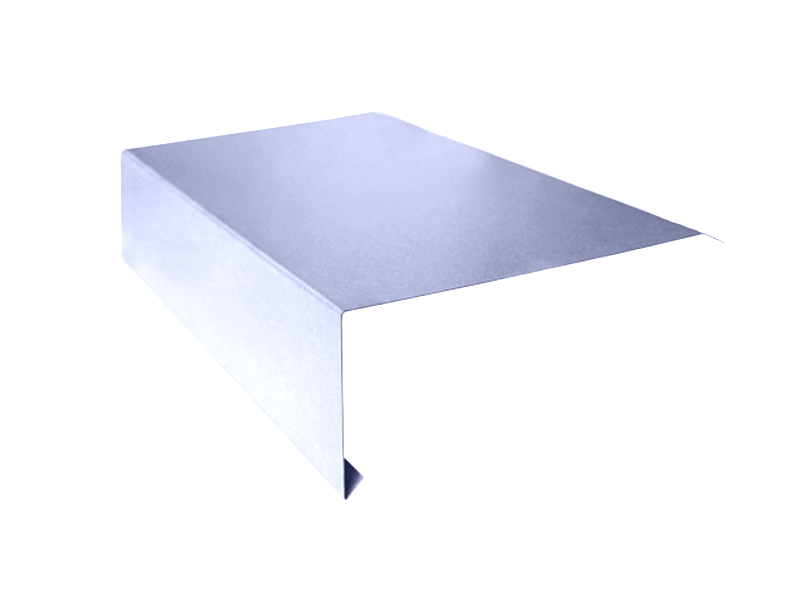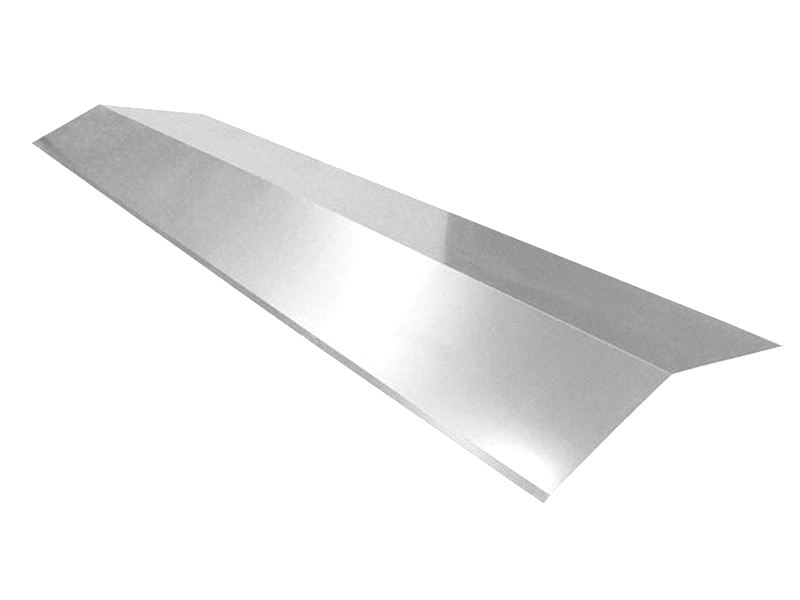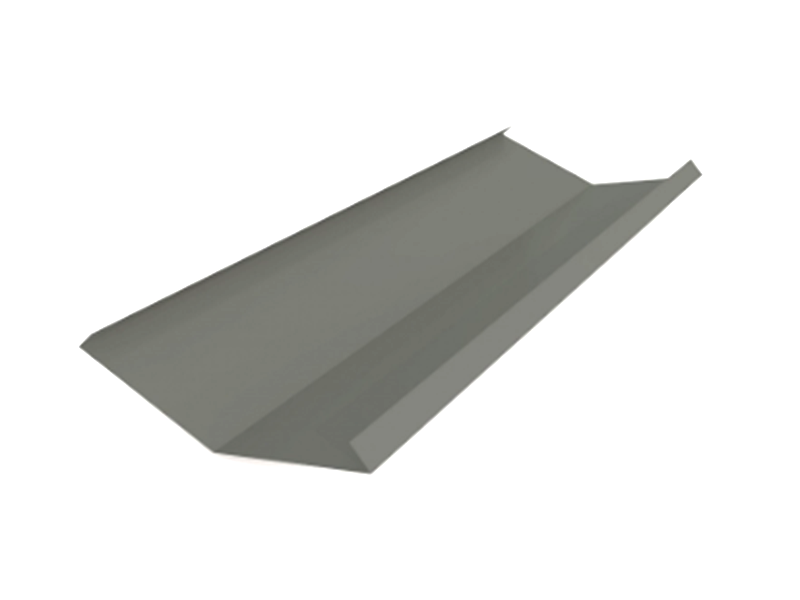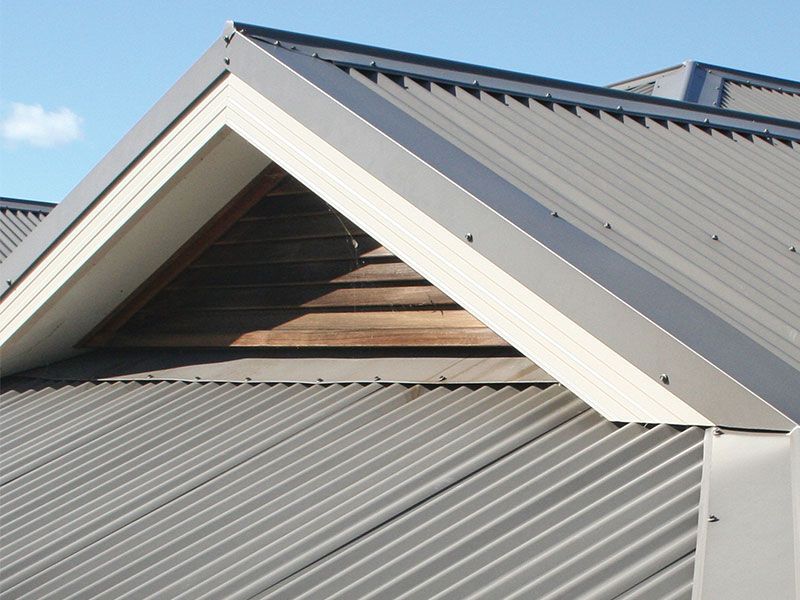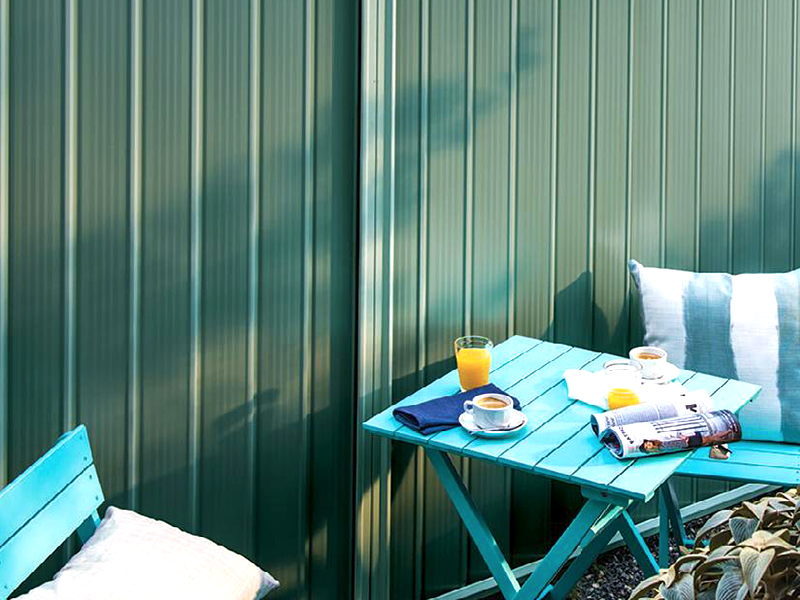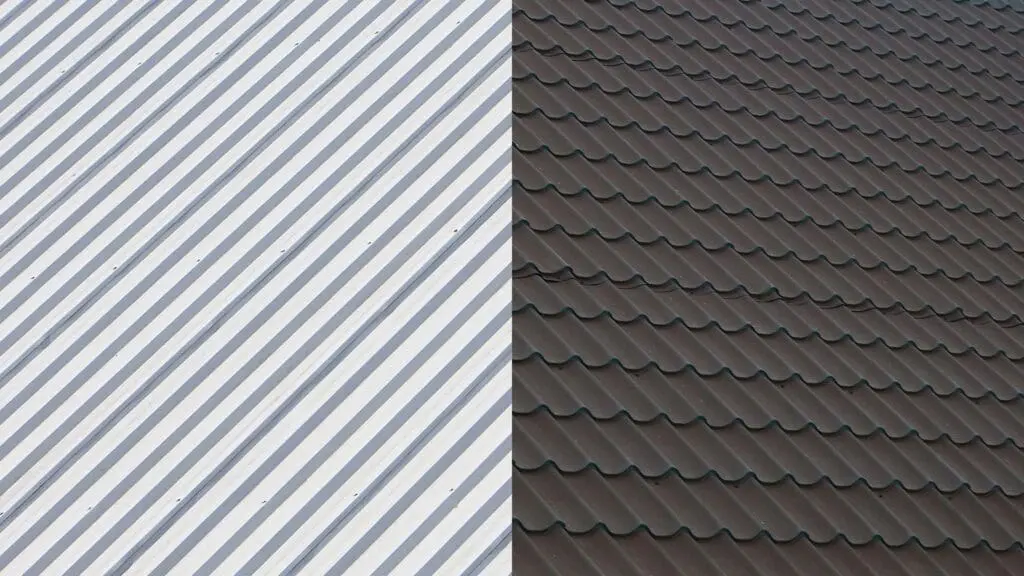
Metal Roof vs Tile Roof: making the right choice
A roof is not just a protective covering for your home; it’s a crucial component that defines its aesthetic appeal, durability, and energy efficiency. When it comes to choosing the right roofing material, two popular options often come into consideration: metal roofs and tile roofs. In this article, we will explore the key differences between metal and tile roofs, helping you make an informed decision that suits your needs and preferences.
Metal roofs are constructed using various types of metal, such as steel, aluminium, or copper. They are known for their exceptional durability, longevity, and contemporary appearance. On the other hand, tile roofs offer a classic and timeless look with materials like clay, concrete, or slate tiles. Understanding the pros and cons of each option is crucial before investing in a new roof.
Durability and Longevity
Metal roofs are renowned for their exceptional durability. They can withstand harsh weather conditions, including strong winds, hail, and heavy snowfall. Metal is resistant to cracking, corrosion, and fire, providing a long-lasting solution for your home. In comparison, tile roofs are also highly durable, especially when made from clay or concrete. They can withstand extreme temperatures and are resistant to insects and rot. Both metal and tile roofs have a long lifespan.
Weather Resistance
Metal roofs offer superior weather resistance. They are designed to shed rain and snow quickly, preventing water accumulation and potential leaks. Metal is also non-porous, making it resistant to mould and mildew growth. Tile roofs, while generally weather-resistant, may be more susceptible to moisture absorption. However, proper installation and regular maintenance can minimise any potential issues, such as water seepage or leakage. Both metal and tile roofs have been tested and proven to withstand extreme weather conditions, including high winds and heavy rains.
Maintenance and Upkeep
When it comes to maintenance, metal roofs are relatively low-maintenance compared to tile roofs. Metal roofs require periodic inspections to ensure there are no loose or damaged panels, and any debris should be cleared to maintain their optimal performance. On the other hand, tile roofs may require more frequent maintenance, such as replacing broken or cracked tiles and resealing any gaps to prevent water penetration. It’s important to note that the maintenance requirements can vary depending on the specific type of metal or tile roofing material used.
Energy Efficiency
When it comes to the energy efficiency of your roofing selection, metal roofs emerge as the top contender. Acting as a natural insulator, they enable you to cut down on your energy expenses in both winter and summer, as they assist in maintaining a favourable temperature within your home. The reflective properties of metal sheet roofs prevent excessive heat buildup by deflecting sunlight. On the other hand, roof shingles tend to mimic the external temperature and absorb sunlight, thereby raising the internal temperature of your home. Consequently, a tile roof is unlikely to make a substantial impact in reducing your heating or cooling costs.
Aesthetics and Design Options
Metal roofing, including Colorbond,Steel, has long been a favoured choice in Queensland and the rest of Australia. There is a wide range of styles and colours available in metal roofing, providing you with ample options to select from. Metal roofs exude a sleek and contemporary appearance that can greatly enhance the visual appeal of your home.
Tile roofs, reflect the classic “Traditional Aussie home” look. Their unique allure may appeal to you, if it complements the architectural style prevalent in your neighbourhood.
In terms of design flexibility, metal roofs generally offer great adaptability and can blend harmoniously with various architectural styles. Ultimately, the choice between metal and tile roofs boils down to personal preference.
Installation Process
The installation process for metal and tile roofs can vary in complexity and time required. Metal roofs are typically lighter in weight, making them easier to install and potentially reducing labor costs. They often come in large panels or shingles, allowing for faster installation. Tile roofs, however, are heavier and require careful handling during installation. The individual tiles need to be precisely placed and secured, which can be a time-consuming process. It’s important to hire experienced roofing professionals who are familiar with the specific requirements of each roofing material.
Cost and Value
The cost of a metal or tile roof can vary depending on factors such as the quality of materials, roof size, complexity of the design, and location. Generally, metal roofs tend to be more cost-effective upfront compared to tile roofs. However, it’s essential to consider the long-term value and return on investment. Tile roofs have a longer lifespan, potentially offsetting the initial higher cost. Additionally, tile roofs are often valued for their timeless aesthetic appeal, which can enhance the overall value of your home.
Environmental Impact
In terms of sustainability and eco-friendliness, both metal and tile roofs have their advantages. Metal roofs are often made from recycled materials and can be fully recycled at the end of their lifespan. They are also energy-efficient, reflecting solar heat and reducing the demand for air conditioning. Tile roofs, particularly those made from clay or concrete, are also eco-friendly as they are made from natural materials that can be recycled. Additionally, tile roofs provide excellent insulation, reducing the need for excessive energy consumption. Choosing either material can contribute to a greener and more sustainable home.
Sound Insulation
When it comes to sound insulation, both metal and tile roofs offer benefits. Metal roofs, especially when installed with proper insulation, can effectively reduce outside noise such as rain, hail, or even traffic sounds. However, during heavy rainfall, some people may perceive
metal roofs to be noisier compared to tile roofs. This noise can be mitigated by using additional insulation materials or opting for textured or thicker metal panels. Tile roofs, on the other hand, provide excellent sound insulation, effectively minimising exterior noise and creating a quieter interior environment. The density and thickness of the tiles contribute to their soundproofing capabilities.
Fire Resistance
Fire resistance is a crucial factor to consider when choosing a roofing material. Metal roofs are highly fire-resistant, as metal is non-combustible and does not contribute to the spread of fire. This can provide peace of mind and an added layer of protection for your home. Tile roofs, particularly those made from clay or concrete, are also inherently fire-resistant. They do not burn or release any toxic fumes, making them a safe choice in areas prone to wildfires or for homeowners who prioritise fire safety.
Choosing between a metal roof and a tile roof ultimately depends on your specific needs, preferences, and budget. Metal roofs offer exceptional durability, low maintenance, and energy efficiency, with a contemporary aesthetic. On the other hand, tile roofs provide timeless beauty, excellent insulation, and fire resistance. Consider factors such as your local climate, architectural style, long-term value, and environmental impact when making your decision. Consulting with a professional roofing contractor can help you evaluate your options and make an informed choice that best suits your home and lifestyle.
In Australia, there is a wide selection of roofing companies offering roof replacement services. If you opt to replace your tile roof with a Colorbond Steel roof. It is important to note that poorly maintained and unsealed tile roofs may have a limited lifespan, especially if they are already 60-70 years old. Additionally, accumulated water underneath the tiles can cause damage, potentially leading to a roof that is prone to leaks, which is unfavorable for homeowners.
In essence, it is crucial for homeowners to determine which type of roof best suits their specific needs. Contacting a roofing professional today is highly recommended in order to receive expert advice on the most suitable roofing material to use.
- Colorbond Fencing: The Ultimate Blend of Style and Durability April 11, 2025
- A Spotlight on Monument: The Most Popular Colorbond Colour for Australian Homes March 28, 2025
- Transforming Your Outdoor Space with a Colorbond® Patio March 18, 2025
- How to Paint Colorbond: The Do’s & Dont’s March 7, 2025
- How to Easily Install an Insulated Panel Patio February 20, 2025

